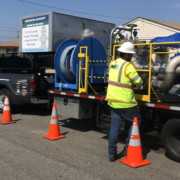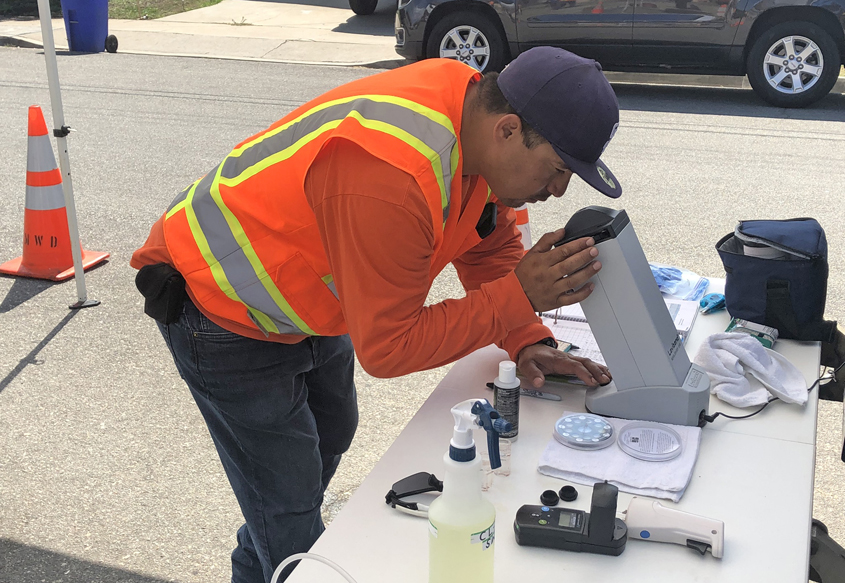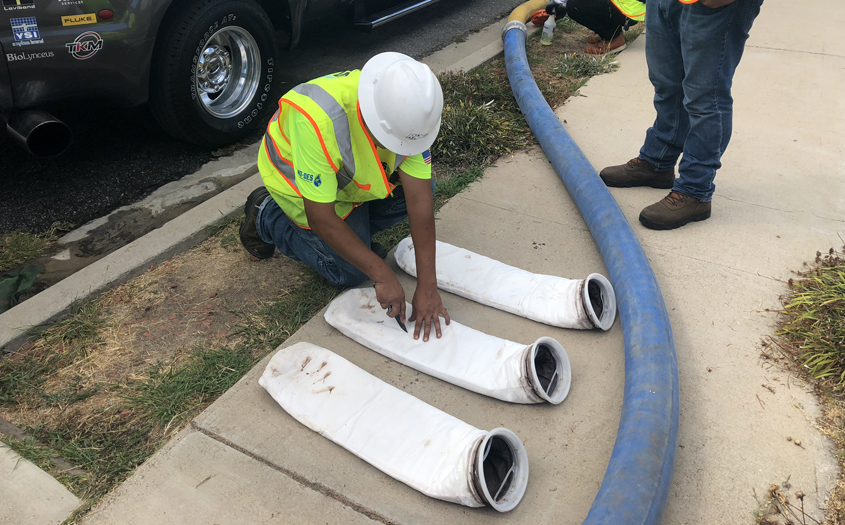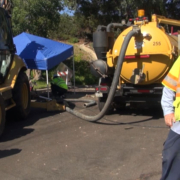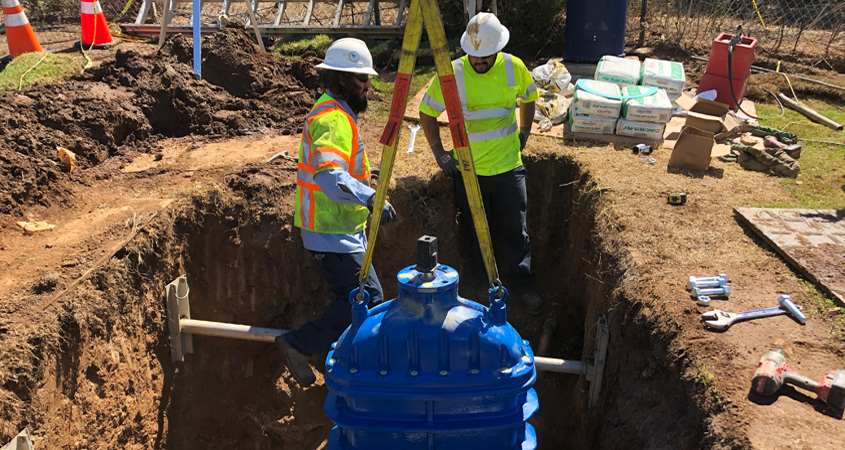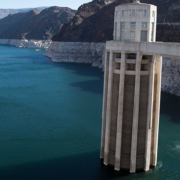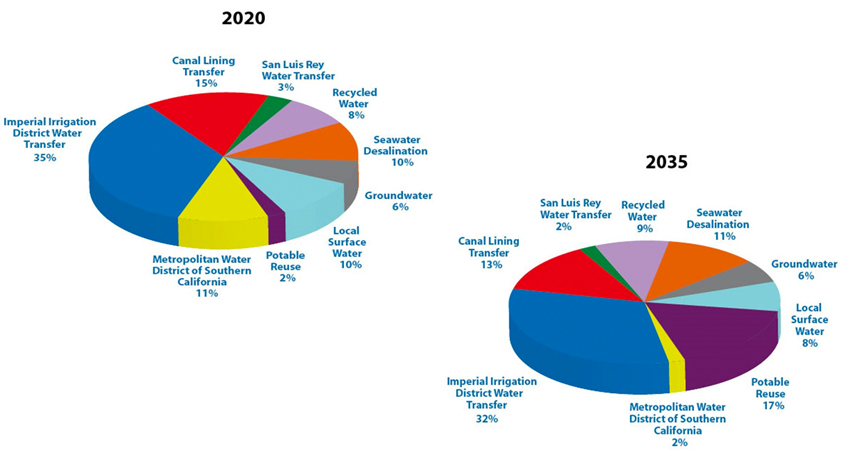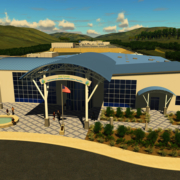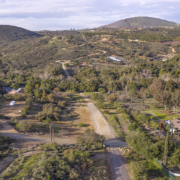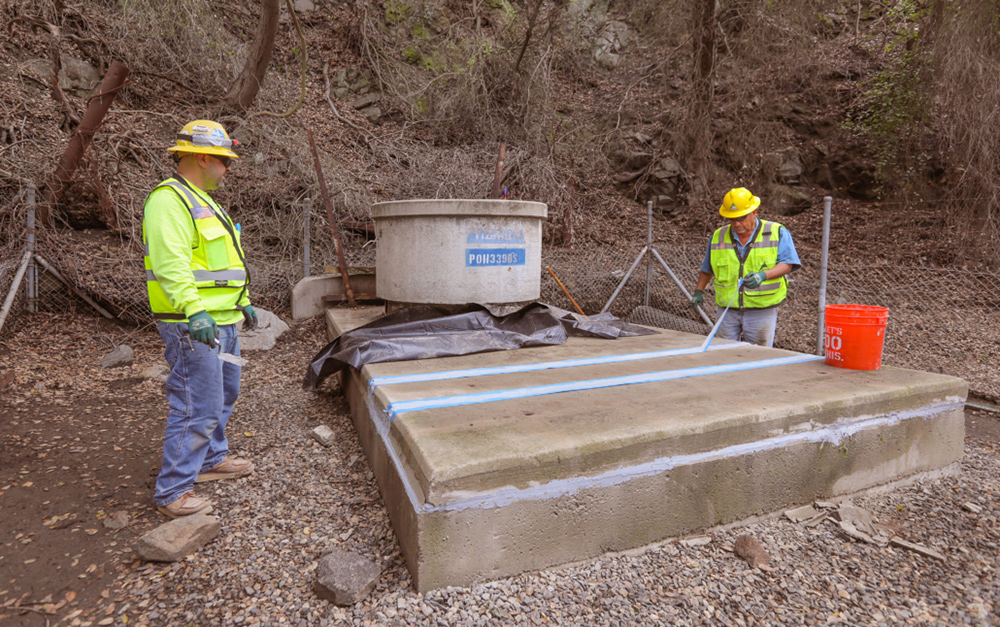Water Authority Joins Scripps Institution of Oceanography to Optimize Water Management
The San Diego County Water Authority is partnering with the Scripps Institution of Oceanography at UC San Diego to better predict atmospheric rivers and improve water management before, during, and after those seasonal storms.
This month, Scripps’ Center for Western Weather and Water Extremes (CW3E) launched the Water Affiliates Group, which brings together cutting-edge science and hands-on water industry experience to enhance reservoir operations in light of the changing climate. The Water Authority has a long-running alliance with Scripps and is among six founding water agencies statewide.
CW3E and its partners will share and support best practices in forecast-informed reservoir operations, increase research around atmospheric rivers and droughts, and develop strategies for mitigating flood risk and increasing water supply reliability.
“This partnership with Scripps Institution of Oceanography underscores our commitment to strategic, science-based decision-making and long-term planning,” said Jim Madaffer, chair of the Water Authority’s Board of Directors. “By supporting advances in forecasting, we can more efficiently and effectively manage water resources both locally and statewide. This ultimately will benefit everyone in California by helping sustain our economy and quality of life.”
Addressing major climate challenges in the arid West
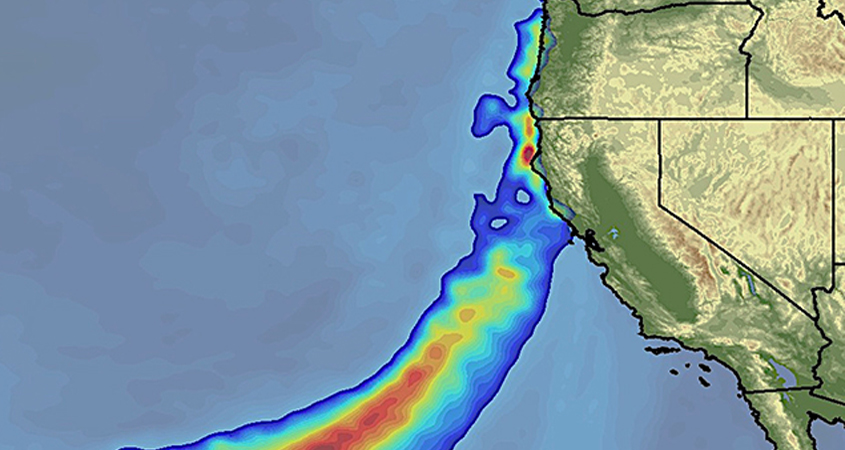
Atmospheric river storms cause 40% to 60% of annual precipitation and most of the flood damage on the West Coast. Graphic: Scripps Institution of Oceanography
Water Authority General Manager Sandra L. Kerl said the collaboration aligns closely with Governor Newsom’s Water Resilience Portfolio, which prioritizes voluntary agreements, smart water storage strategies and coordination of data collection.
“This is a great example of how water agencies are stronger together by addressing major climate challenges that affect everyone across the arid West,” Kerl said. “By combining forces with some of the leading scientists in the world, we will enhance our planning capacity and be ready to adapt to whatever the future brings.”
Atmospheric river storms cause 40% to 60% of annual precipitation and most of the flood damage on the West Coast. Managing reservoirs for both flood control and drinking water supply retention is challenging because 20th-century practices and regulations are decreasingly relevant due to changing patterns for snowmelt and rainfall.
SIO data will help manage water supplies
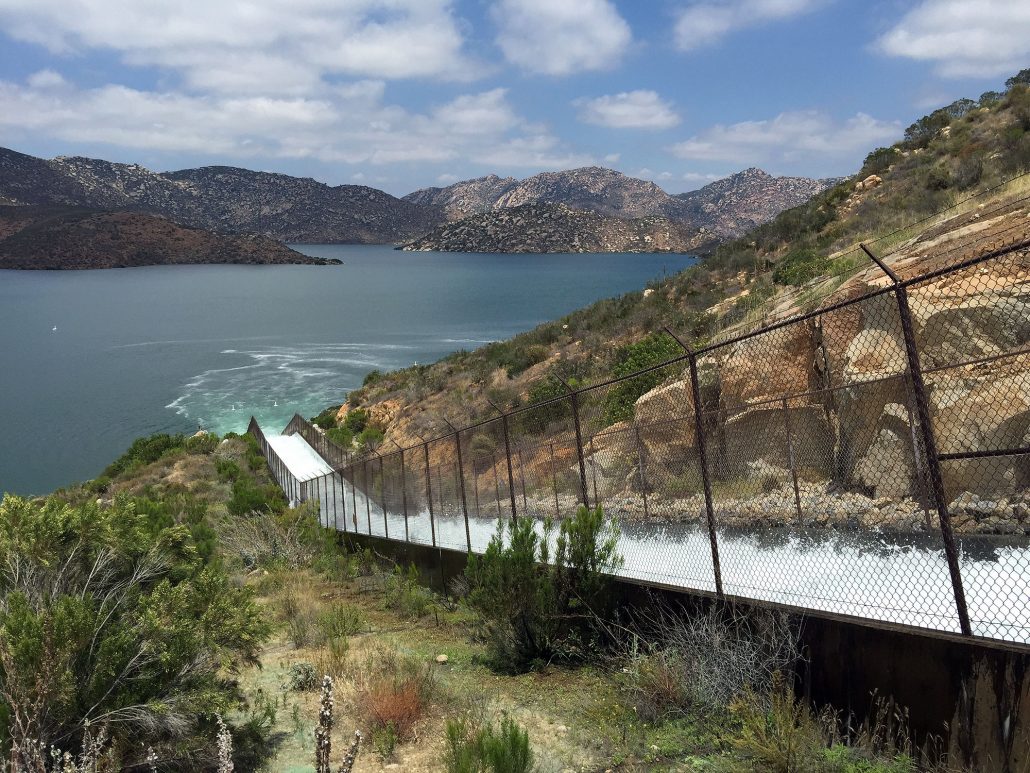
CW3E has numerous tools and technologies that affiliates can use to augment water research and improve on-the-ground decisions of water managers. Photo: San Diego County Water Authority
CW3E is a leader in Forecast Informed Reservoir Operations, which uses data from watershed monitoring and modern weather and water forecasting to help water managers determine the best strategies for retaining or releasing water from reservoirs. CW3E has numerous tools and technologies that affiliates can use to augment water research and improve on-the-ground decisions of water managers. The group’s research covers water supply reliability, flood management, greenhouse gas mitigation, groundwater recharge, public safety, observations, forecasting, decision support, climate outlooks, and hazard assessment.
The Water Authority is working with CW3E to assess how better near-term and long-term precipitation forecasts can improve reservoir planning and operational management in the San Diego region by maximizing local water supplies and the reliability of water resources through a mix of planning processes and real-time decisions.
Joining the Water Authority as founding partners are Sonoma Water, Orange County Water District, Yuba Water Agency, Turlock Irrigation District, and Irvine Ranch Water District.


